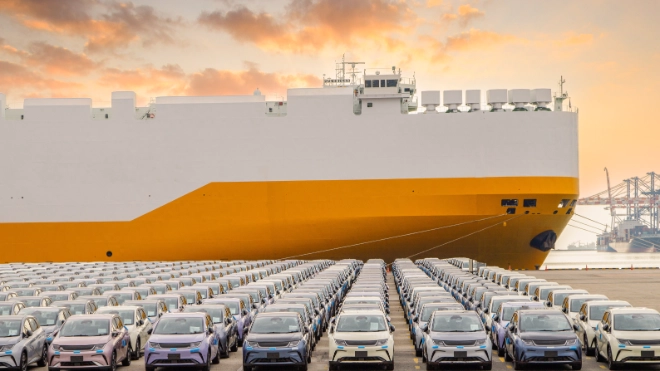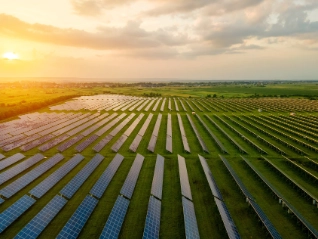接收關於 Atradius 經濟學家的最新見解、企業付款習慣年度回顧、產業績效等信息的實時推送。

我們的行業專家報告和白皮書

最新新聞和見解

最新博客

指尖上的有用指南

關於信用保險的常見問題

卓越信用管理流程和踐的案例

我們各類客戶的評價
Amid a fragmented global landscape, the EU and India are pursuing different strategies to build economic resilience and...


Discover how the global economy is navigating trade tensions and uncertainty, with AI investment driving resilience and shaping growth prospects for 2026 and beyond

Industry growth slows as global trade applies the brakes

Can South Africa's GNU party overcome tensions and structural challenges to unlock GDP growth?

US tariffs, geopolitics and lower demand trigger a contraction of global automotive production in 2026

Tariffs...

Pharmaceuticals businesses throughout the world are reviewing their operational and trading...
顯示7項, 共212項
Europe hopes faster AI adoption will make up for lagging investment in platforms and infrastructure

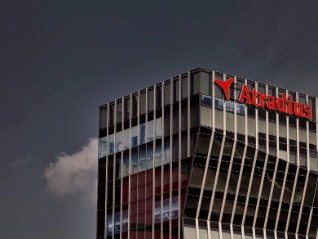
Atradius Syndicate 1864 will help financial institutions manage trade credit risk more efficiently
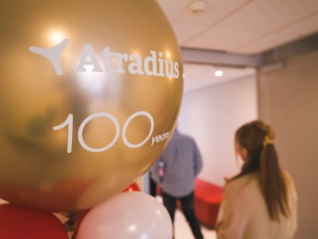
This year, Atradius celebrates a remarkable milestone: a century of operations in the Netherlands.

Tariffs and tight margins are taking...

Thanks to this partnership, our clients in Spain can become sellers on Alibaba.com’s B2B marketplace without paying an entry fee

Europe has committed to a new era in military...
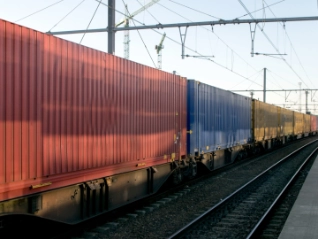
Trade tensions, AI investment and geopolitical shifts dominate the global trade agenda. The key takeaway: business must...
顯示7項, 共63項
Credit insurance is often misunderstood. Myths about cost, complexity, and coverage mean many businesses...


Understanding why credit insurance provides broader coverage, strategic risk management and financial stability compared to the...

How credit insurers evaluate risk and determine appropriate credit limits

Explore how surety bonds and bank guarantees work, their similarities and differences, and what they mean for...

Explore the trade-offs between credit insurance and self-insurance to protect cash flow and...

Globalisation makes market expansion inevitable, but entering new territories remains a complex and...

Credit insurance...
顯示7項, 共33項
Every customer is a...


Atradius 協助 Park Polymers 迅速判斷客戶的信用價值,讓該公司得以迅速談定新客戶,也能提高原有客戶的信用限額。信用保險幫助 Park Polymers...

EnCom Polymers 位於美國印第安那州伊凡斯維爾,該公司董事長 Larry Beard 解釋了他如何在 Atradius 貿易信用保險的支援之下放心拓展業務。

我們與 Vinci Construction France 合作已經超過四年。財務總監 Tony Carron 強調,雙方合作最大的優勢在於我們能在其子公司的日常活動中提供靈活的服務。

傳統與現代技術——像 Bochumer Verein Verkehrstechnik(簡稱 BVV)這樣能夠充分結合二者的公司並不多。 BVV 自 1842 年起在波庫製造鑄鐵產品,是鋼材加工業的先鋒。該公司以鐘鑄造起家,不久後鐵路產業興起,該公司很快就開始生產無縫輪胎。

我們在荷蘭為 Continental Banden Groep B.V 提供信用保險已經超過 40 年的時間。該公司總監 Bert Stellinga 表示,Atradius 對輪胎行業的瞭解使 Continental Banden Groep B.V 獲益良多。

Metalco Incorporated 位於美國伊利諾州芝加哥,該公司董事長兼持有人 Ben Green 解釋了 Atradius 貿易信用保險如何幫助他大膽談定新業務。
顯示7項, 共8項
MBS 採用 Atradius 貿易信用保險後,便發現他們的信用控管流程得到大幅改善,他們的員工可以有更多時間服務客戶。


紡織品業者 Georg Jensen Damask 表示,我們對於全球市場及買家的靈敏度及了解,是他們與我們展開合作的關鍵原因。

我們透過保持開放對話,並提供見解與寶貴的信用資訊,幫助 Brook Green Supply 提升其內部信用風險管理系統。

Janson Bridging (International) 利用 Atradius Dutch State Business (DSB) 的出口信用保險為新興經濟體的客戶提供優惠的信用條件.

Calidad Pascual 與國際信用保險公司 Crédito y Caución Atradius 進行合作,取得有關國際市場的額外瞭解。

逾期付款客戶促使內容行銷商 KMOdynamoo 購買 Atradius 信用保險保單,並實現更出色的債務人管理。

時尚品牌 El Ganso 認為自己可以從西班牙國內新創公司,成長為成功的國際企業,要歸功於我們的支援。
顯示7項, 共9項

































